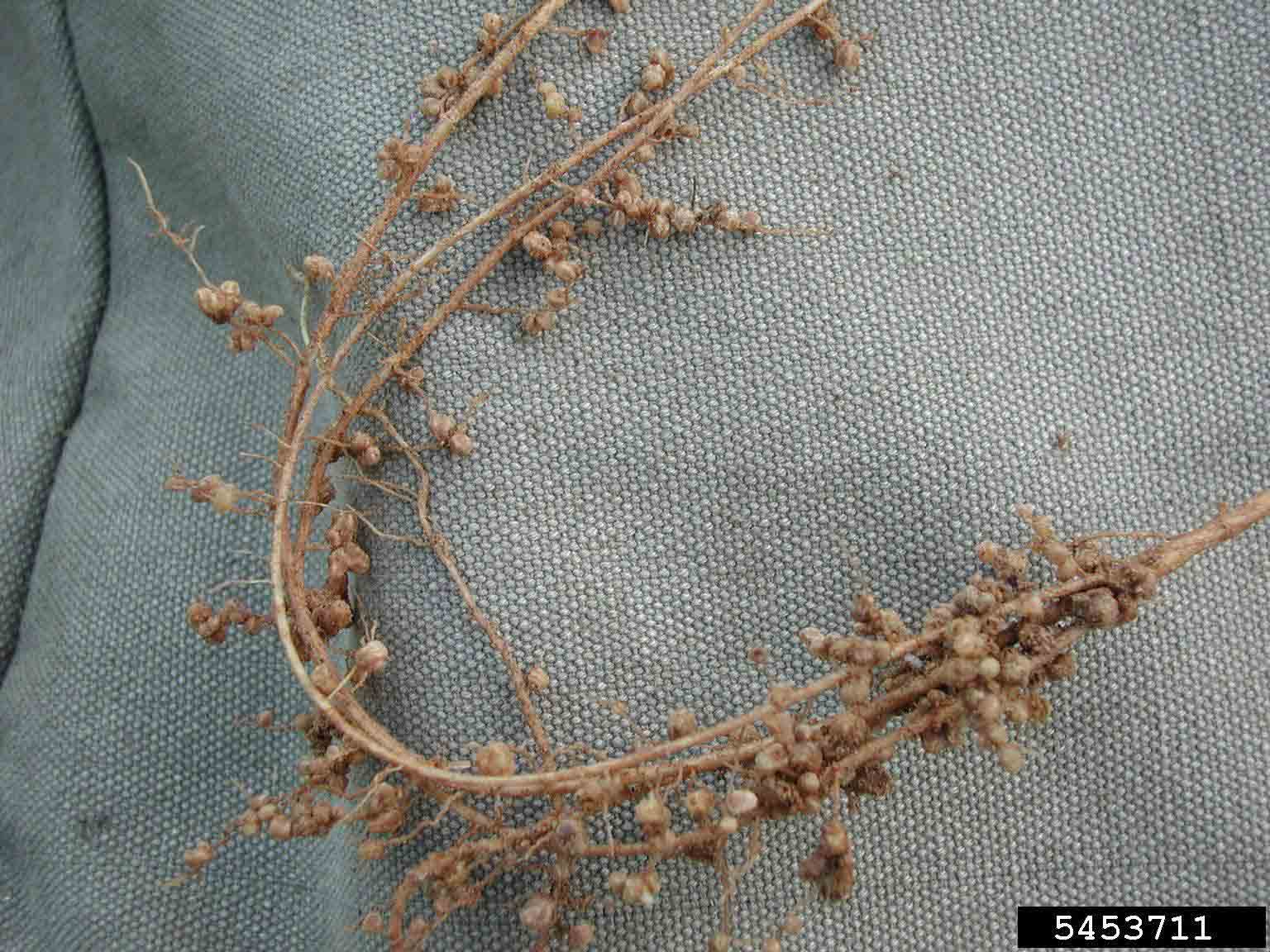Arkansas Tree Database
Black Locust
Black Locust
Scientific name:
Robinia Pseudoacacia
Size:
40'-60' tall, up to 80' tall
Leaves:
alternate, pinnately compound, 8"-14" long with 7-19 oval leaflets, with somewhat triangular spines at the base of the leaf, untoothed
Flowers:
creamy white with yellow blotch inside, pea-shaped, in drooping 4"-8" clusters, sweetly scented
Fruit:
flat pod, 3"-5" long and containing 4-10 seeds
Fall Interest:
yellow; deciduous
Culture:
sun; dry to moist soil; adaptable; can fix atmospheric nitrogen in the soil
Disease/Insect:
locust borer
Use:
aggressive spreader and good for land reclamation; important source of honey; wood exceptionally resistant to decay, used for posts, crossties
Cultivars:
Notes:
twigs and branches have sharp strong spines, borne in pairs at the nodes; root bark was chewed by Native Americans to induce vomiting or relieve toothache; a valuable source of spring nectar, flowers are visited by bees, butterflies, and hummingbirds; all parts of the tree are considered toxic; native to Arkansas
Resources:
Click thumbnail to enlarge images











